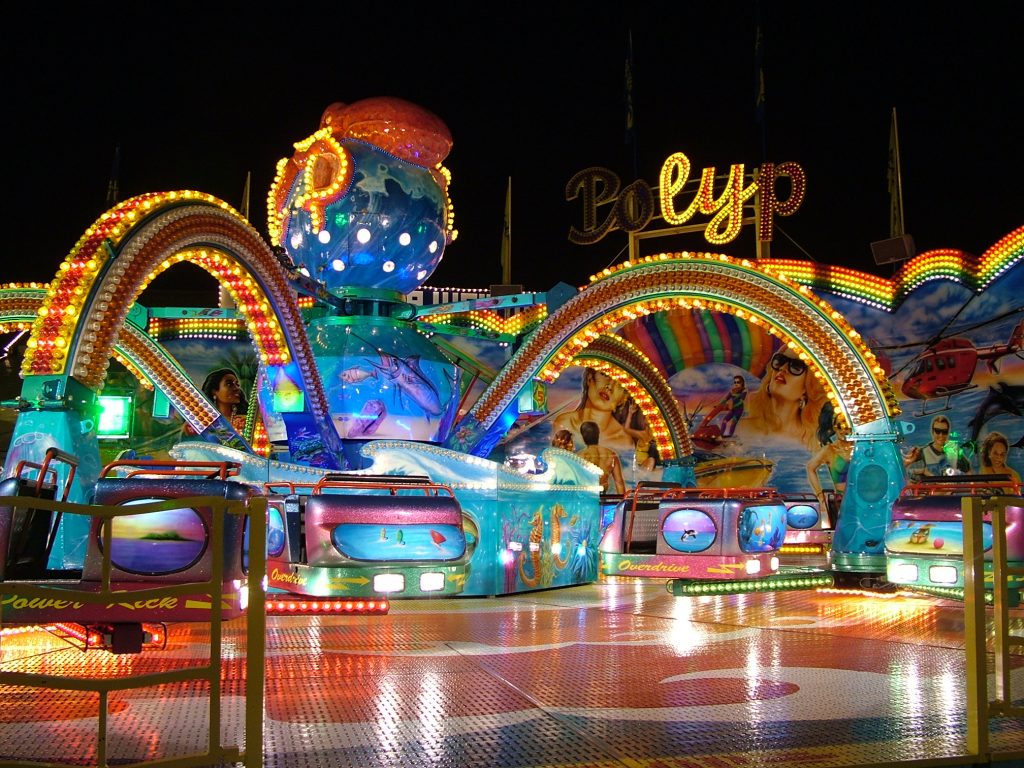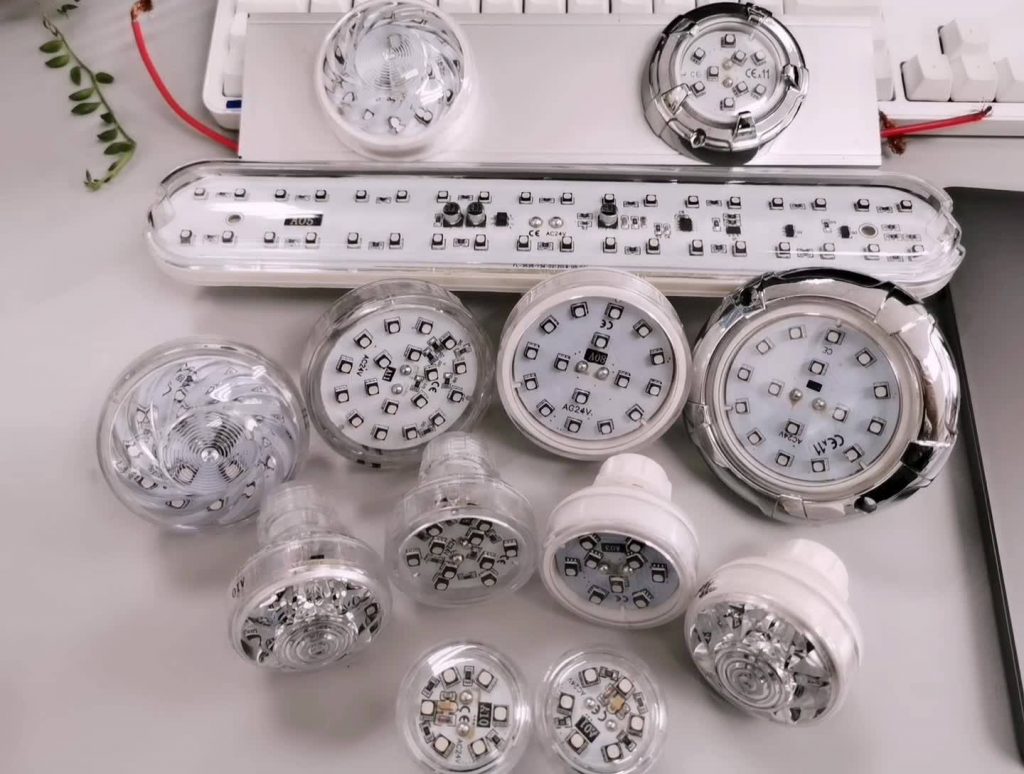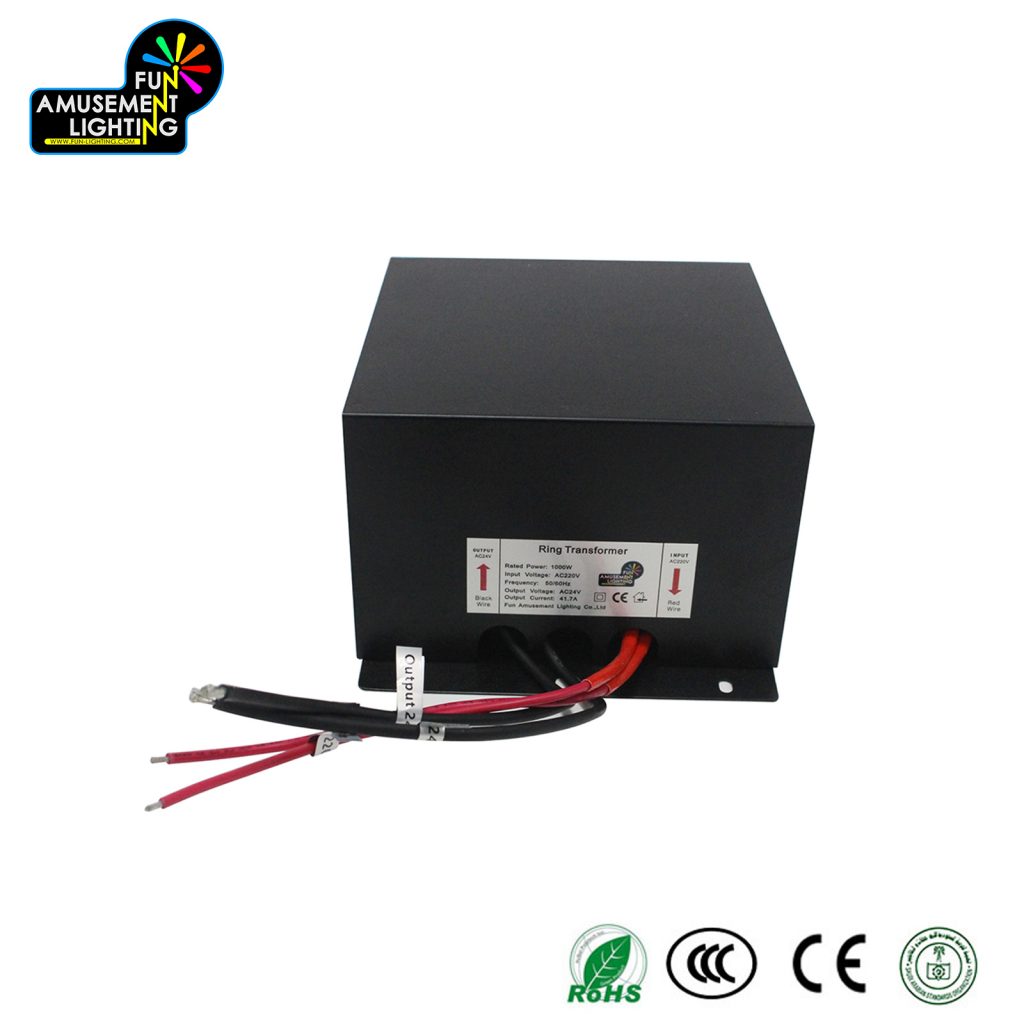What is the Function of a Transformer in LED Cabochon Lights?
The transformer (also often called the driver or driving power supply) in the LED cabochon lights plays a vital role. The following are the main functions of the transformer in the LED cabochon lights:
Voltage conversion:
Household electricity is usually 220V high-voltage AC, and LED lamp beads, as low-voltage, constant-current driven semiconductor light-emitting devices, cannot directly withstand such high voltage. The transformer can convert the 220V high-voltage AC into the low-voltage DC required by the LED lamp, usually between 12V and 24V, to ensure that the LED lamp beads can work normally without burning.
Provide stable current:
The luminous efficiency and stability of LED lamps depend largely on the stability of their operating current. The transformer can provide a constant current output to avoid damage to the LED lamp caused by current fluctuations, while ensuring that the LED lamp emits a stable light.
Protect LED lamps:
The transformer is usually equipped with an overheating protection device inside. When the LED lamp overheats or abnormal conditions occur during operation, the transformer can cut off the power supply in time to protect the LED lamp from damage. In addition, the transformer can also provide functions such as short-circuit protection and overvoltage protection, further enhancing the safety and reliability of LED lamps.
Energy efficiency optimization:
By converting high voltage electricity into low voltage electricity and outputting it stably through a transformer, energy can be used effectively and energy waste can be reduced. This is of great significance for improving the energy efficiency of LED lamps, reducing energy consumption and reducing energy costs.
In summary, the transformer in the LED cabochon lights plays multiple roles such as voltage conversion, providing stable current, protecting LED lamps and optimizing energy efficiency. It is one of the key components to ensure the normal operation of LED lamps and improve luminous efficiency and stability.
















